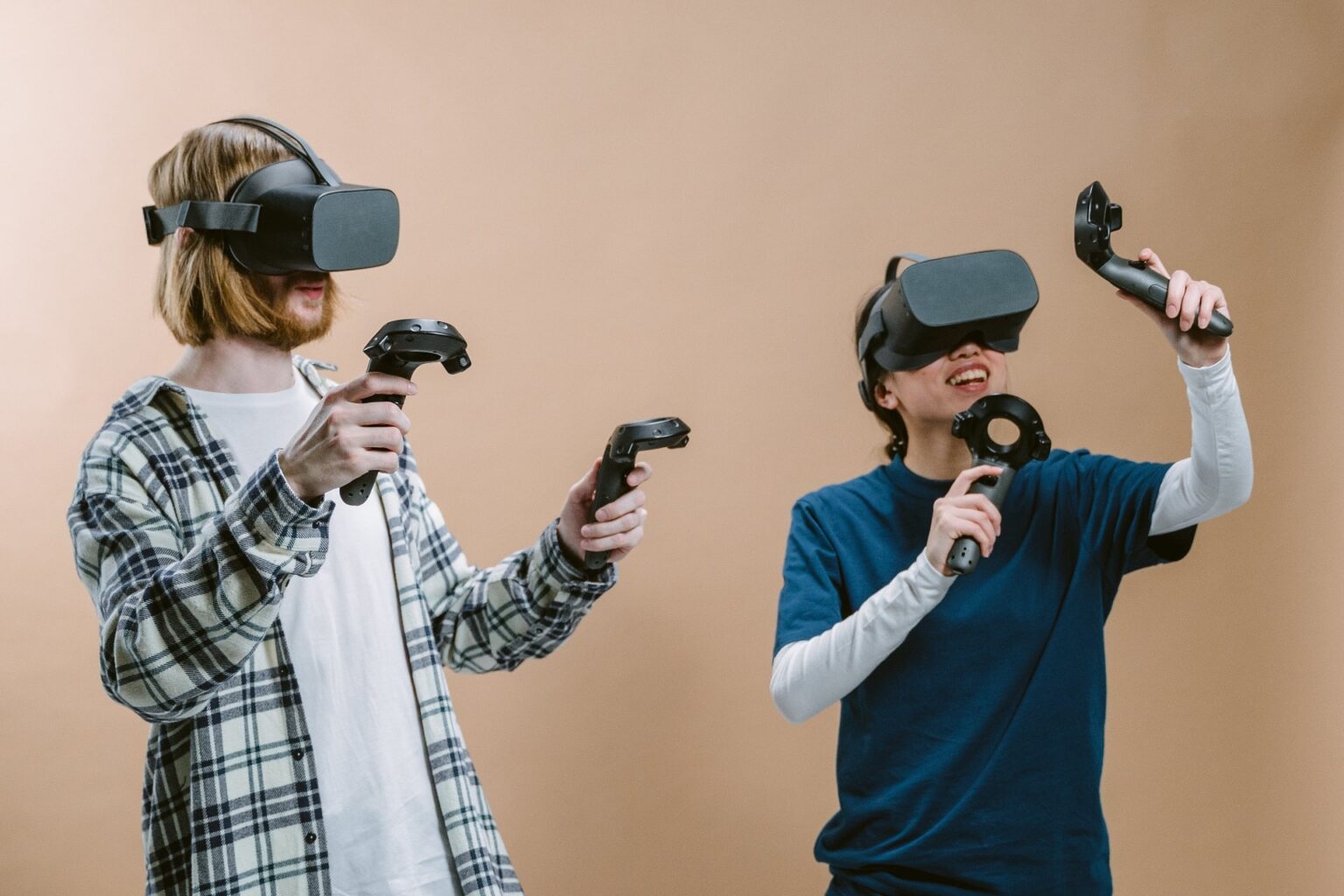That is why, before showing you which are the 13 technological trends to follow closely in 2023, we will first define what these trends are about, their advantages, and their relationship with the technological revolution.
What is a technological trend?
When we talk about a trend we are referring to an idea or current that is moving in a direction under the same pattern, often at a certain time.
Therefore, following a technological trend keeps us at the forefront of the latest happening in the digital world and what the most relevant news is, as well as area-specific innovations that improve the customer experience.
These trends focus on increasing productivity and making human activities more efficient, making more accurate decisions thanks to the information they provide us.
In that sense, technological trends are driven by the technological revolutions of each generation. So what is a technological revolution? Below we explain.
Technological revolution
Technological revolutions are processes where important changes occur generated by new technologies, which mark the beginning of a new era based on their functioning and generate development and innovation in society.
In this sense, they are capable of transforming the social and economic bases of much of the world.
Currently, we are entering a revolution where we seek to incorporate new technologies with the ability to reason like a human being, in order to achieve a synergy between people and robots, making machines more intuitive at the command of humans.
These new technologies also include financial solutions capable of optimizing expense processes, taking the company to a more efficient level in an unprecedented digital world.
Technology trends for 2023
Understanding the trends and the speed at which they occur, in the following lines we will present the 13 technological trends to follow closely in 2023.
1. Digital transformation
Companies are aware of the digital transformation that we are currently facing, which is why they are increasingly dedicated to incorporating new technologies into their operational processes, but a complex and important step is missing, which is the adaptation of human resources to said transformation.
Digital transformation also involves taking advantage of technology to prepare and renew the organization, transforming it into an agile resource in the face of constant digital change.
2. Neuronal Synaptic Connection
Can you imagine being able to connect your brain to a computer and store your most precious memories there? This is what visionary Elon Musk and his company Neuralink are looking for from him.
Through the synapse, it enables the communication of neurons in our brain and generates the responses or stimuli of our body and organs.
3. The Metaverse
The metaverse is here to stay! This initiative that Mark Zuckerberg is promoting so much continues to be a trend in 2023.
This technology in conjunction with Web 3.0 will change the way companies and people market. In this new world, little by little what we know will be replicated thanks to the support of NFT technology.
4. Web 3.0
Web 3.0 is the third generation of the Internet for web pages and applications. With it, better data compression is sought with the ultimate goal of creating more connected and intelligent websites.
5. Blockchain
Blockchain is the basis of Web 3.0 due to its decentralization and transparent operation in information management.
With the arrival of this technology, the control of an organization ends and data is stored under very high levels of security in encrypted form.
6. Digital twins
A digital twin is nothing more than a virtual model of a physical object. It allows you to visualize the behavior and supervise the processes through data sent from sensors of the object being simulated.
They are capable of simulating everything from an individual object or piece of equipment to complete company facilities.
7. Artificial Intelligence
AI is no longer just science fiction. Currently, there are many applications that work with artificial intelligence, such as Google, Waze, or ChatGPT. Its use in sectors such as health, education, or transportation can provide enormous benefits to society.
Its main objective is to develop the same capabilities as human beings, which is why international organizations have already considered the need to establish robotic laws where rights and duties are required for them.
8. Virtual, augmented and mixed reality
Another trend that must be followed closely is these 3 realities. While virtual reality immerses the user in a digital world with infinite possibilities, augmented reality enlarges the environment around the individual and mixed reality is a combination of the latter two.
9. Smart robotics
The development of technology has achieved many of the proposed objectives to achieve greater capacity and productivity efficiently. One of the advances has been in the field of robotics.
10. Nanotechnology
Nanotechnology can generate great innovations in health and engineering sectors thanks to its functionalities at nanometric scales at the tissue level. They are also capable of manipulating molecules and atoms in surprisingly precise ways.
11. Technologies for sustainability
Sustainability is an issue that has gained strength in recent times. As the planet urgently needs new, abundant, and economical sources of energy, so any innovation in this area can generate a significant impact on the world.
12. IoT: the internet of things
This trend is related to others that we have already mentioned in the previous sections since it is the infrastructure network in which the data is necessary for the construction of intelligent machines. The metaverse, and digital twins, among others, are collected, in addition to designing the forms to encourage digital trust.
13. Super applications: “SuperAPP”
The digital app market is in full evolution. After their birth in Asia, “SuperApps” are increasingly positioned in Latin America.
These alternatives offer users various services from a single application. Relieving customers of the need to download different apps, become familiar with their use, and include personal data or payment methods multiple times. In other words, these apps combine commercial, social, and financial solutions for users.




